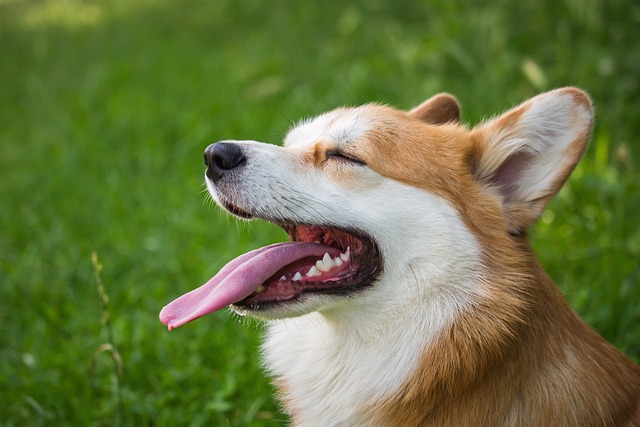
How do i train my dog to be obedient?
Watching your dog dart across the park ignoring your calls isn’t just frustrating—it can put them at risk near busy streets or public spaces.
Teaching your dog to come when called isn’t just a party trick—it’s a safety essential. Imagine your pup darting toward a busy street or a skittish stranger; a reliable recall could save the day. Start with a calm, distraction-free space, like your living room. Dogs learn best when focused, so pick times when they’re alert but not overexcited—avoid training right after meals or playtime, when their brains are already in “chill mode.”
Choose a unique cue—something short and upbeat, like “here” or “pup-pup.” Consistency matters; if everyone in the house uses different words, your dog will get confused. When they look up at the sound, reward them immediately with a tiny, high-value treat (think cheese or freeze-dried chicken). This builds a positive association: hearing the cue means good things happen. A trainer friend swears by this—her rescue terrier now bolts over at “let’s go” because he knows it leads to his favorite snack.
 Once your dog responds reliably indoors, take the training outside. Start in a fenced yard with few distractions, then gradually move to busier areas like local parks. Always keep a leash on hand, not just for safety but to gently guide them if they hesitate. Remember, punishment—like scolding or yanking the leash—will make them afraid to come, which goes against the positive reinforcement principles widely encouraged in dog training circles. Instead, cheer loudly and offer extra treats when they run to you in new environments; this reinforces that “coming” works everywhere.
Once your dog responds reliably indoors, take the training outside. Start in a fenced yard with few distractions, then gradually move to busier areas like local parks. Always keep a leash on hand, not just for safety but to gently guide them if they hesitate. Remember, punishment—like scolding or yanking the leash—will make them afraid to come, which goes against the positive reinforcement principles widely encouraged in dog training circles. Instead, cheer loudly and offer extra treats when they run to you in new environments; this reinforces that “coming” works everywhere.
Distractions are the ultimate test. Practice with a friend holding a toy or tossing a ball nearby—start far enough that your dog stays focused on you, then move closer as they improve. If they ignore your call, don’t chase them—that turns it into a game. Instead, walk away and call again in a playful tone, or toss a treat in the air to grab their attention. A neighbor in my building used this trick with her golden retriever; now, even when other dogs are barking, he turns tail and runs to her at the sound of “treat time!”
Consistency is key. Use the recall cue only when you’re sure your dog will respond, and never call them for something unpleasant—like a bath or a trip to the vet. If they associate “coming” with negative experiences, they’ll start avoiding it. Instead, save fun activities for after they obey: a quick game of fetch, a belly rub, or a walk around the block. Over time, they’ll learn that running to you is always the best choice.

Watching your dog dart across the park ignoring your calls isn’t just frustrating—it can put them at risk near busy streets or public spaces.

New puppy owners often find themselves rushing to clean up accidents before they set in, and that’s where puppy pad training becomes a game-changer.

If you've noticed your dog's waistline disappearing and your veterinarian has mentioned those few extra pounds, your first instinct might be to simply reduce the amount of food in their bowl.

Training a dog to use a designated spot indoors isn’t as daunting as many new owners fear, but it does take consistency and an understanding of your pet’s needs.

That moment of dread on a walk is all too familiar for many new dog owners. You see another dog approaching down the sidewalk of your neighborhood

If the sight of another dog on your neighborhood walk makes your heart sink as your own dog erupts into a frenzy of barking and lunging, you're not alone.